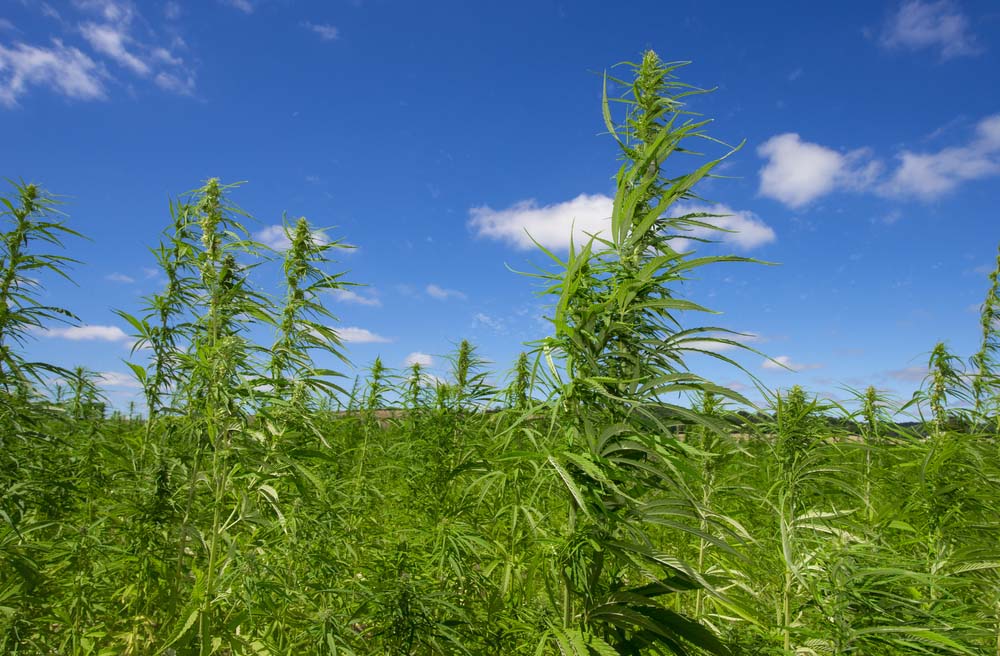
Hemp and Tech Tokens: Powering a Brighter Green Future!
As the world continues to face the challenges of climate change, innovative solutions are necessary to ensure a sustainable future. Hemp and tech tokens have emerged as two powerful tools in the fight against environmental degradation. With the power of these green partnership, we can create a brighter and more sustainable future for generations to come.
Hemp and Tech Tokens: A Green Partnership
Hemp and tech tokens are the perfect match for creating sustainable solutions. Hemp is a versatile plant that can be used in a variety of industries, including textiles, construction, and even food. It is also an incredibly environmentally friendly crop, requiring less water and pesticides than traditional crops. Tech tokens, on the other hand, are blockchain-based digital assets that allow for secure and transparent transactions. Together, hemp and tech tokens can revolutionize the way we approach sustainability.
Sustainable Solutions with Hemp Technology
Hemp technology offers a range of sustainable solutions. For example, hempcrete is a building material that is made from hemp fibers and lime. It is a highly durable and energy-efficient material that can reduce the carbon footprint of buildings. Hemp textiles are also a sustainable alternative to traditional cotton, which requires large amounts of water and pesticides. By incorporating hemp into various industries, we can create a more sustainable and eco-friendly world.
Powering a Brighter Future with Tech Tokens
Tech tokens offer a new way to invest in sustainable solutions. By investing in companies that are using hemp technology, investors can support the transition to a more sustainable economy. Tech tokens also offer a way to track and verify the sustainability of supply chains, ensuring that products are produced in an environmentally responsible manner. By using tech tokens to support sustainable initiatives, we can create a brighter and more sustainable future.
Investing in Hemp and the Environment
Investing in hemp and the environment is not only good for the planet, but it can also be profitable. As the demand for sustainable products and technologies increases, companies that are using hemp technology are poised for growth. By investing in these companies, investors can support sustainability while also earning a return on their investment. Additionally, investing in sustainable initiatives can help to reduce the risks associated with climate change and environmental degradation, creating a more resilient economy.
The Future is Green with Hemp and Tech
As the world continues to face the challenges of climate change, hemp and tech tokens offer a path towards a more sustainable future. By incorporating hemp into various industries and using tech tokens to support sustainable initiatives, we can create a more environmentally responsible economy. The future is green, and with the power of hemp and tech, we can make that future a reality.
How Hemp and Tokens are Changing the Game
Hemp and tech tokens are changing the game when it comes to sustainability. They offer new solutions and opportunities for creating a more eco-friendly economy. By harnessing the power of these green tools, we can create a better world for ourselves and future generations. From sustainable building materials to carbon-neutral supply chains, hemp and tech tokens are changing the way we think about sustainability.
Hemp and tech tokens are the future of sustainability. By investing in these green initiatives, we can create a brighter and more sustainable world. From reducing carbon emissions to creating sustainable supply chains, hemp and tech tokens offer a range of solutions for addressing the challenges of climate change. So let’s embrace the power of these green tools and create a more sustainable future for all!




